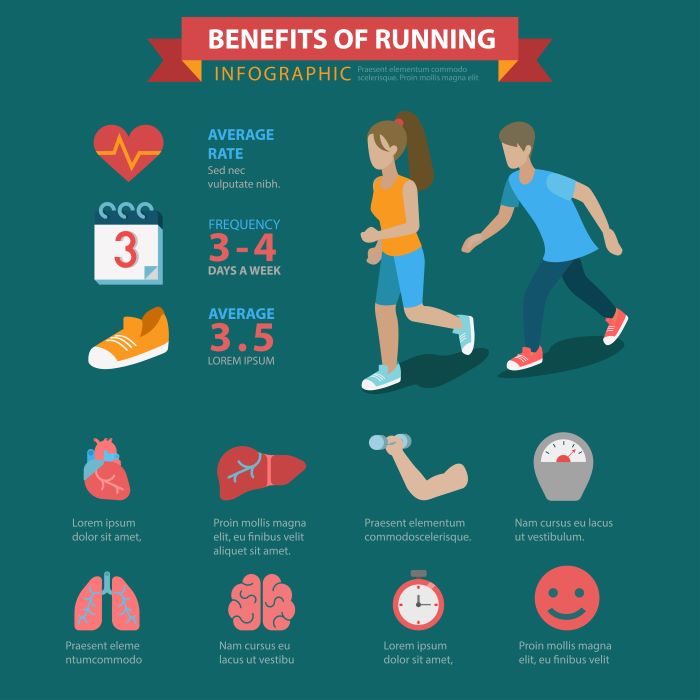Running machines, commonly known as treadmills, have become a staple in many fitness routines, offering a convenient and effective way to achieve your fitness goals. Whether you’re a beginner or a seasoned runner, incorporating the best running machine routine into your training can significantly enhance your cardiovascular fitness, endurance, and overall health.
One of the primary advantages of using a treadmill is its adaptability; you can easily adjust the speed and incline to match your fitness level and workout objectives. This flexibility allows for a range of workouts, from steady-state runs to high-intensity interval training (HIIT), catering to various preferences and goals. Additionally, running machines can be used in various weather conditions, making it easier to stick to your routine.
Moreover, many modern treadmills come equipped with features such as heart rate monitors, built-in workouts, and connectivity options that can enhance your training experience. By understanding how to effectively utilize a treadmill, you can maximize your results and keep your workouts engaging.
To truly unlock the potential of your treadmill workouts, it’s essential to explore tailored routines designed for maximum benefits. Visit our website to learn more and get started today! Click here.
Benefits of Using a Running Machine for Workouts

Using a running machine for workouts comes with a myriad of benefits that can enhance your overall fitness journey. Firstly, running machines offer a controlled environment, allowing you to focus on your form and pace without the distractions of outdoor elements like weather or uneven surfaces. This makes it an ideal choice for both beginners and experienced runners looking to improve their technique.
Secondly, treadmills provide the opportunity for customization. You can easily manipulate various settings, such as speed and incline, to tailor your workout to fit your specific fitness goals. Whether you’re aiming to lose weight, build endurance, or train for a race, the flexibility of a treadmill can help you achieve these objectives effectively.
Another significant advantage is the impact control that treadmills offer. Unlike running on hard surfaces, which can lead to joint strain and injuries, treadmills often have cushioned decks that provide a more forgiving surface, reducing the risk of injury while still providing a solid workout.
Additionally, many running machines come equipped with advanced technology, allowing you to track various metrics such as distance, calories burned, and heart rate. This data can be invaluable for monitoring your progress and making necessary adjustments to your routine.
Finally, the convenience of having a treadmill at home or at the gym allows for more consistent workouts, making it easier to stick to your fitness regimen. With all these benefits, it’s clear why incorporating a running machine into your fitness routine is a smart choice.
Key Components of an Effective Running Machine Routine

Creating an effective running machine routine involves several key components that can help maximize your results and keep your workouts engaging. First and foremost, goal setting is essential. Determine what you want to achieve—whether it’s weight loss, improved endurance, or preparing for a race. Clear goals will guide your training and keep you motivated.
Next, variety is crucial. Mixing up your workouts can prevent boredom and plateaus. Incorporate different types of runs such as steady-state runs, interval training, and hill workouts. Intervals, for instance, can significantly boost your cardiovascular fitness and calorie burn, while hill workouts can enhance your strength.
Another component is proper warm-up and cool-down routines. Always start your session with a warm-up to prepare your muscles for exercise, and finish with a cool-down to aid in recovery. Simple dynamic stretches before your run and static stretches afterward can help prevent injuries and improve flexibility.
You should also monitor your heart rate. Using a heart rate monitor can help you train within your optimal heart rate zone, ensuring you’re getting the most out of your workouts. Aim for a mix of moderate and high-intensity sessions to boost aerobic capacity and endurance.
Finally, don’t forget to incorporate rest and recovery days into your routine. Allowing your body to recover is crucial for muscle repair and growth, which ultimately leads to better performance. By focusing on these key components, you can develop an effective running machine routine that not only keeps you engaged but also drives you towards your fitness goals.
Creating Your Personalized Running Machine Plan

Designing a personalized running machine plan is an exciting way to tailor your workouts to your specific needs and fitness goals. To start, assess your current fitness level. Take note of how often you currently run, the distances you cover, and how you feel during and after each session. This self-assessment will serve as a foundation for your custom plan.
Next, establish your fitness objectives. Are you aiming to build endurance, lose weight, or perhaps train for a marathon? Your goals will dictate the structure of your running plan. For instance, if your goal is to run longer distances, you might want to focus on gradually increasing your mileage each week.
Once you have your goals in mind, consider the types of workouts you want to include. A balanced plan might consist of various training modalities, such as:
- Long runs: These should be incorporated weekly to build endurance.
- Speed workouts: Incorporate intervals or tempo runs to improve your pace.
- Recovery runs: These should be slower-paced sessions to promote recovery.
Additionally, ensure your plan includes rest days to allow your body to recover and adapt to the training stimulus. Depending on your schedule, you might plan for active recovery days with lighter activities such as cycling or swimming.
Finally, keep track of your progress. Use a running app or a simple journal to log your workouts, distances, and how you felt during each session. Regularly reviewing your progress can help you stay motivated and make necessary adjustments to your plan as you evolve in your running journey.
Tips for Staying Motivated While Running

Staying motivated while running can sometimes be a challenge, especially during those long, solitary sessions or when the weather isn’t cooperating. However, there are several effective strategies you can employ to keep your enthusiasm high and make running an enjoyable part of your routine.
First and foremost, set specific, achievable goals. Whether it’s running a certain distance, improving your pace, or completing a race, having a target to strive for can provide you with a sense of purpose. Break these goals into smaller milestones to celebrate your progress along the way.
Another way to boost your motivation is by incorporating variety into your workouts. Repeating the same route or routine can lead to boredom. Explore new trails, join a local running group, or try different workout sessions on your running machine. Mixing things up keeps your runs fresh and exciting.
Music or podcasts can also play a significant role in enhancing your running experience. Create a playlist filled with your favorite upbeat songs or find a podcast that captivates your interest. The right audio can distract you from fatigue and elevate your mood, making your runs more enjoyable.
Additionally, consider finding a running buddy or a community to connect with. Sharing your journey with others not only provides accountability but also introduces a social element to your runs. You can motivate each other, share tips, and celebrate achievements together, making the experience more fulfilling.
Lastly, remember to focus on the joy of running. Sometimes, it’s easy to get caught up in performance metrics, but appreciating the simple act of running can reignite your passion. Enjoy the fresh air, the scenery, and the time spent moving your body.
Tracking Progress and Measuring Results
Tracking your progress and measuring results is crucial for maintaining your motivation and ensuring that you’re on the right path towards achieving your fitness goals. By utilizing various methods to monitor your running activities, you can gain valuable insights into your performance and make data-driven adjustments to your routine.
One of the most effective ways to track your progress is by using a running app or fitness tracker. These tools can log your distance, pace, heart rate, and even calories burned. Many apps also offer features that allow you to set specific goals and track your achievements over time, providing a clear visual representation of your progress.
Another method to consider is keeping a running journal. Documenting your workouts can help you reflect on what works and what doesn’t. You can note down how you felt during each run, any challenges faced, or personal bests achieved. This can serve as a motivational tool as you look back on your journey.
Additionally, consider scheduling regular benchmark runs. These are timed runs at a set distance that allow you to see how you are improving over time. Comparing your results over weeks or months can provide a clear indication of your progress and help you adjust your training plans accordingly.
Lastly, don’t forget to celebrate your achievements, no matter how small! Acknowledging milestones can reinforce positive behaviors and keep you motivated. Whether it’s treating yourself to new running gear or sharing your accomplishments with friends, recognizing your hard work can make the journey enjoyable.
For more tips on tracking your progress effectively and to explore tailored workouts, visit our website to learn more and get started today!


